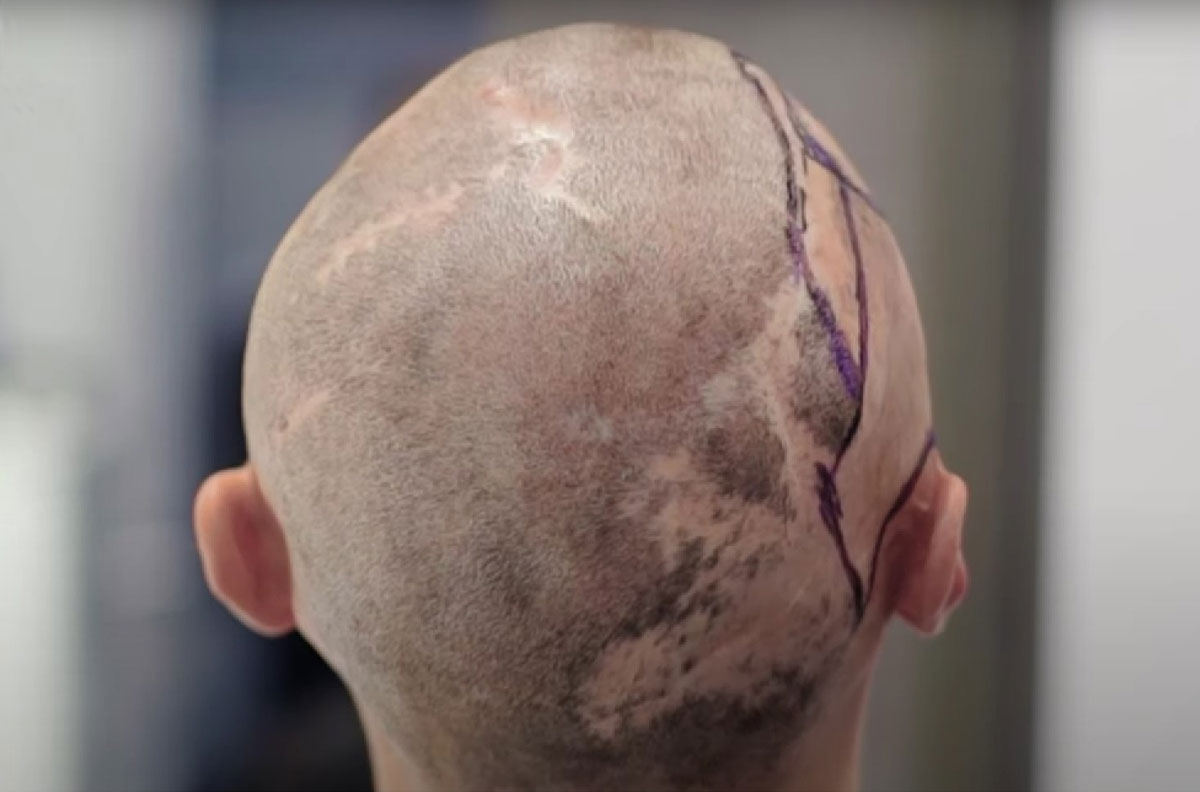Burn damage to the skin is a serious medical issue that can result in permanent deformities on the skin. Such deformities can affect patients both physically and psychologically. There are various surgical options available for treating and restoring the esthetic appearance of burn-damaged skin. In recent years, hair transplantation to burned skin has gained significant popularity as an esthetic and restorative approach.
Burned Skin and Treatment
Burn damage to the skin is characterized by various issues such as tissue loss, scars, and color changes. These problems can significantly impact the patient’s quality of life. The treatment of burn-damaged skin involves using various surgical techniques depending on the patient’s needs.
Hair Transplantation and Burned Skin
Hair transplantation is a surgical procedure where natural hair follicles are harvested and implanted into burned skin. This procedure can address hair loss on burn-damaged skin and restore an esthetic appearance. Since hair transplantation utilizes the patient’s own hair follicles, achieving natural and harmonious results is more likely.
Hair transplantation can also reduce tissue loss on burned skin, particularly in the reconstruction of eyebrows, eyelashes, and the hairline. This can help patients improve their facial expressions and regain their self-confidence.
Hair Transplantation Procedure
The hair transplantation procedure typically involves harvesting hair follicles from the back of the patient’s scalp and carefully placing them in the burned skin. Different techniques such as Follicular Unit Extraction (FUE) or Follicular Unit Transplantation (FUT) can be used. The procedure is customized based on the patient’s needs and the type of burn-damaged skin.
Burn damage to the skin can be treated with esthetic and restorative surgical interventions. Hair transplantation has become a significant part of such treatments. Hair transplantation can assist patients in achieving natural and harmonious results while alleviating the psychological effects of burn-damaged skin.
In conclusion, hair transplantation can be an effective option for treating burn-damaged skin. This procedure can enhance patients’ quality of life and improve their esthetic appearance. However, every patient is unique, so consultation with an expert surgeon before hair transplantation is essential.

